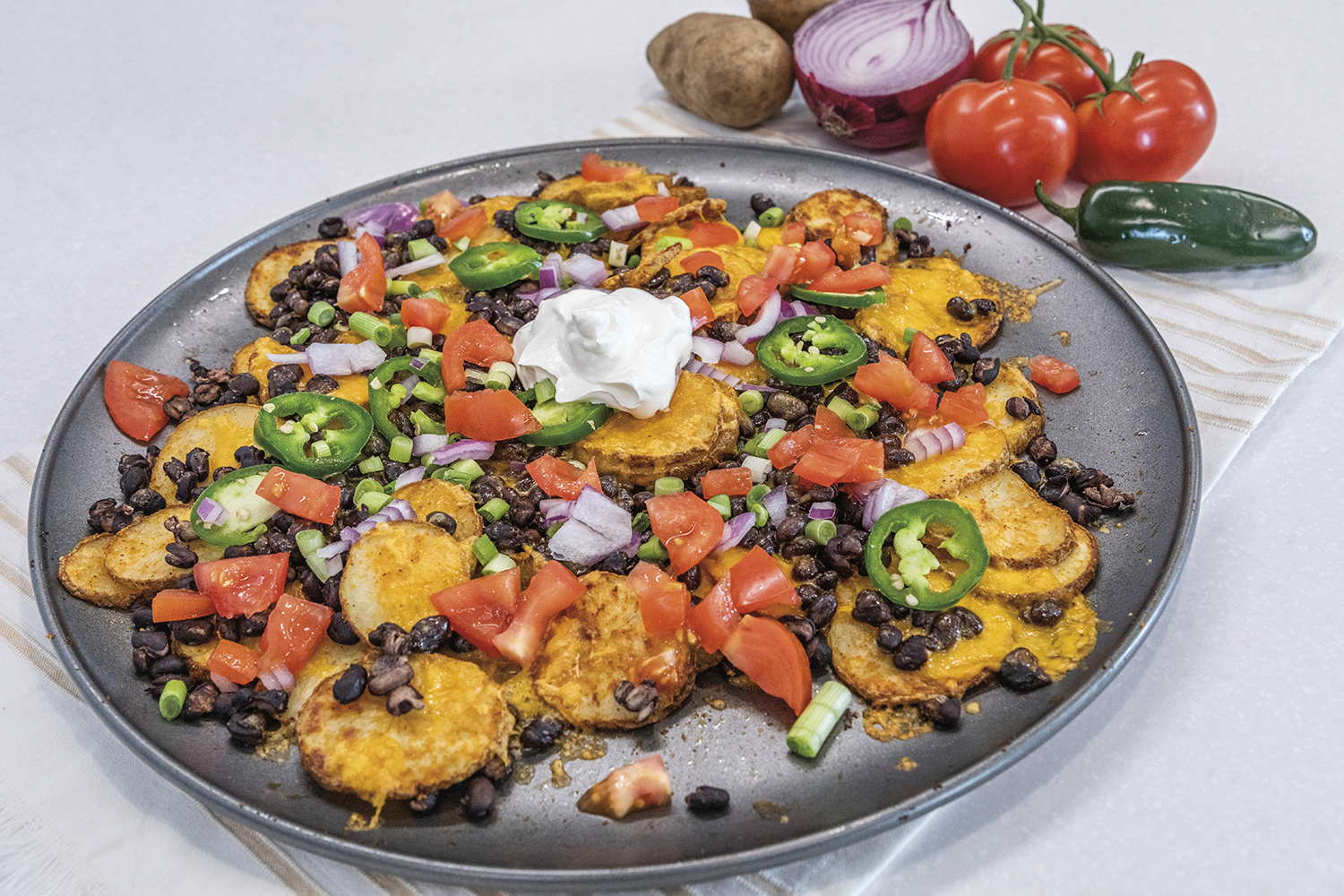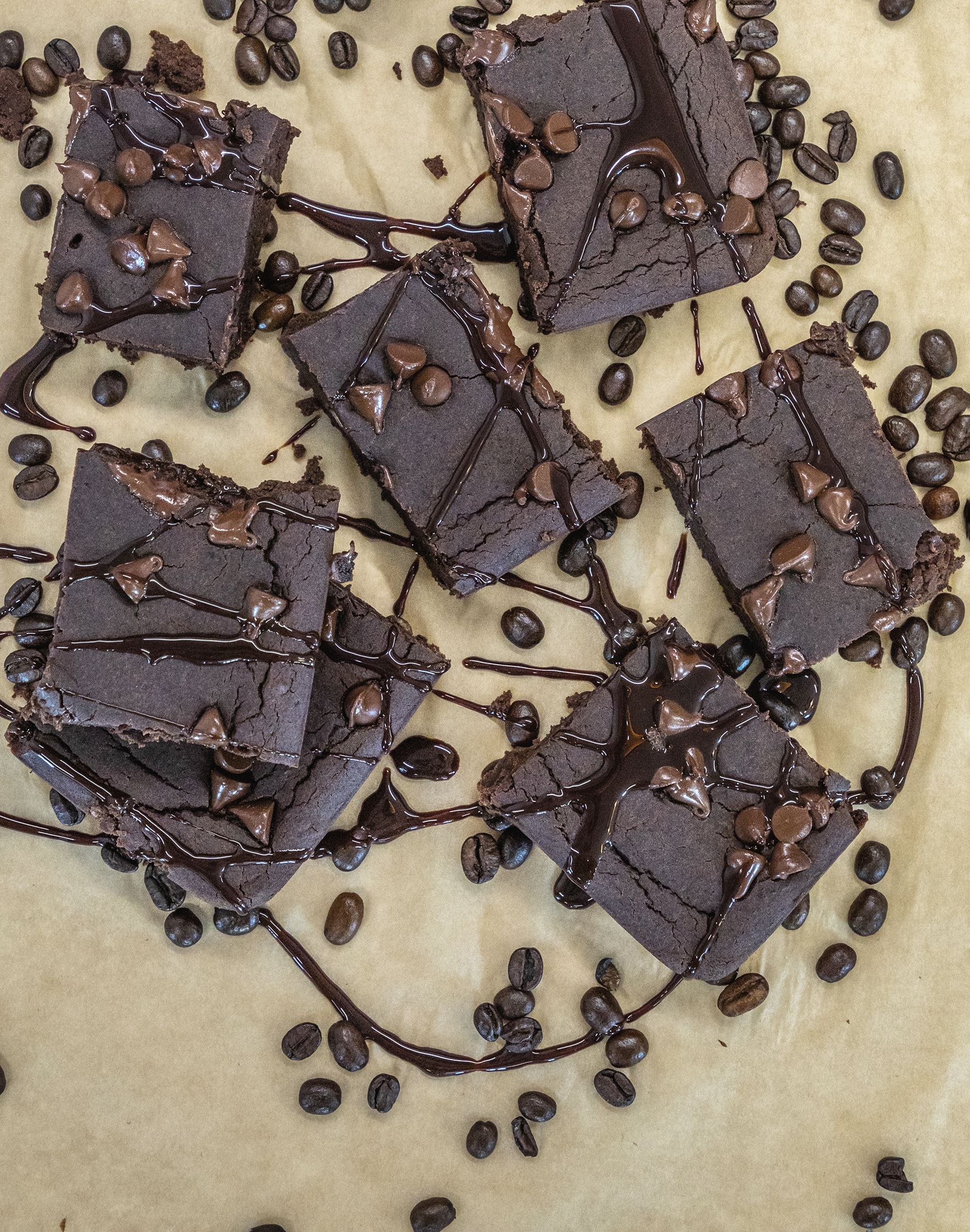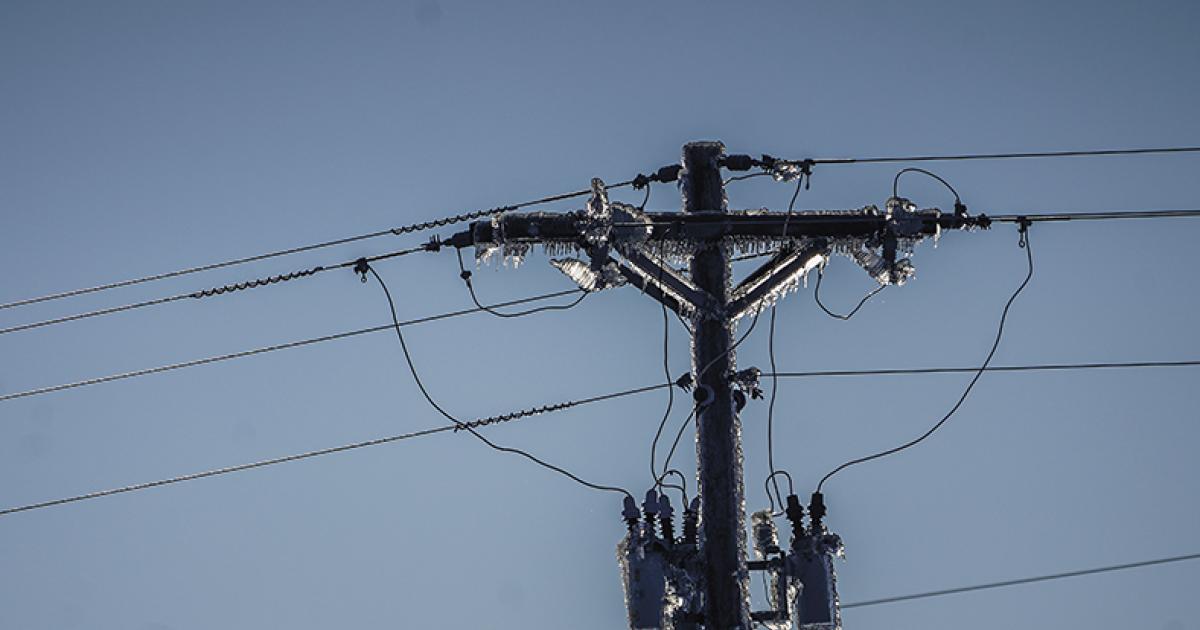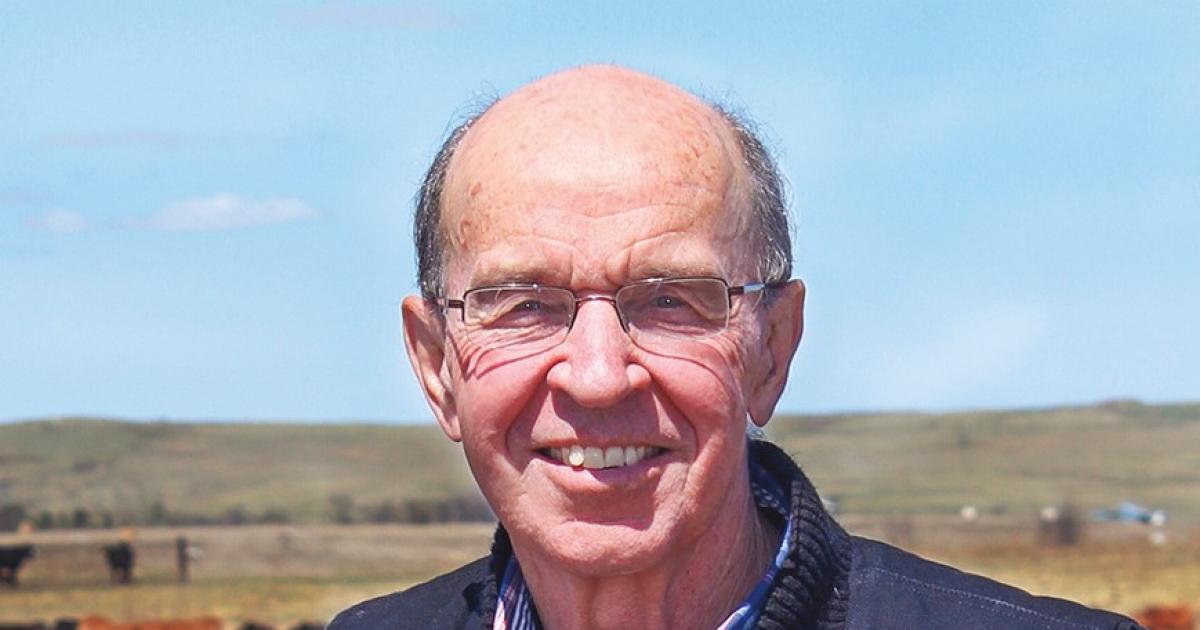 |
| Julie Garden-Robinson, Ph.D., R.D., L.R.D. Courtesy photo |
What makes you proud to live in North Dakota? For me, the fact we help nourish our state, country and the world makes me especially proud of our state’s hardworking producers. North Dakota produces a vast array of plant- and animal-based products, plus many nonfood products.
What do you know about the bounty of North Dakota?
March is both National Agriculture Month and National Nutrition Month, which is a good springboard to think about what comprises your plate and the roles of food in sustaining health.
Try this quiz. I gleaned the answers from U.S. Department of Agriculture (USDA) data published in 2019 and the N.D. Department of Agriculture’s website. Watch for updates on our state’s agricultural data.
1. What percent of North Dakota’s land area is in farms and ranches?
A. 60%
B. 70%
C. 80%
D. 90%
2. Name at least five crops where North Dakota leads the nation.
3. Name at least two crops where North Dakota ranks second in the nation.
4. If you were to place dry edible beans on USDA’s MyPlate, which group(s) would they fit? Why?
5. What potassium-rich food is grown in abundance in North Dakota?
Here are the answers to the quiz.
1. D. 90% of North Dakota’s land area is in farms and ranches. Are you amazed? The livestock industry accounts for 15% of cash receipts.
2. Could you name five? North Dakota ranked No. 1 in all dry edible beans (collectively), pinto beans, navy beans, canola, flaxseed, honey, oats, dry edible peas, all wheat (collectively), durum wheat and spring wheat.
3. North Dakota was second in black beans, lentils, all sunflowers (collectively), including non-oil and oilseed sunflowers.
4. Dry edible beans, which include navy, kidney, black beans and many others, are high in both protein and fiber. They are considered unique foods, because they can count either as a vegetable or a protein on MyPlate. See www.choosemyplate.gov for more information about your nutrition recommendations.
5. Potatoes are especially rich in potassium, which helps support heart health. Potassium is needed for muscle contraction and nerve firing. Potassium is one of the latest additions to Nutrition Facts labels because of its role in health. Potatoes are grown in abundance in the Red River Valley.
In March, think about the North Dakota foods that help nourish the world. How are you filling your plate? Is North Dakota represented in your choices?
Check out our “Field to Fork” information (www.ag.ndsu.edu/fieldtofork) for information about growing, preparing and preserving North Dakota specialty crops, including vegetables and fruits. In 2023, venture out in our state and get to know the many North Dakota producers who help feed the world.
Julie Garden-Robinson, Ph.D., R.D., L.R.D., is a professor and food and nutrition specialist with NDSU Extension. She has written a weekly column, Prairie Fare, for more than 25 years.
What is ‘Extension’ and what do we do?
“I didn’t know Extension does that.” I hear that comment quite frequently when I visit with groups. Very likely, you or your relatives have been touched by Extension in some way. We have been around more than 100 years, after all. We bring the research-based information from universities to people throughout the state.
Here’s a bit of history. Land-grant universities, as public colleges, were established by the Morrill Act in 1862. North Dakota State University was named “North Dakota Agricultural College” when it was established in 1890 as our state’s land-grant university. Cooperative Extension was established nationwide in 1914 to be the largest educational system in the world reaching rural and urban populations.
As the outreach arm of our land-grant university, NDSU Extension is “cooperative” by design, ever since we came into being. We provide science-based, accurate and unbiased information to our citizens on numerous topics.
The work of NDSU Extension spans agriculture, 4-H, and family and community wellness. With our many partners inside and outside of North Dakota, we are part of the nationwide network of Cooperative Extension. We reach people of all ages, from children to older adults, using a wide variety of educational methods to help improve their communities and lives.
For example, as a food and nutrition specialist, I spend my work time teaching about nutrition, food safety and health through writing, online workshops, face-to-face classes and social media. We try to help children gain an appreciation for the origin of their foods, whether we are offering face-to-face or online food-based workshops.
Extension specialists work with a team of well-qualified Extension agents and assistants in communities throughout North Dakota. We probably have reached your children, grandchildren or neighbors’ kids in school, afterschool programs and 4-H youth activities. Later in 2023, we will have a new program, “Nourish,” about nutrition, fitness and health for adults, especially designed for rural areas.
Get to know us
Reach out to your local Extension office or a county office in your area for assistance. You might see newspaper columns in your local paper, stories in North Dakota Living, educational displays in your community, or you may hear them on the radio. Our agents have specialties as well, ranging from plant or animal science to nutrition education to community development and entrepreneurship.
Ask them about crop or garden pests, vegetable varieties, trees, food safety, food preservation, facilitating a community betterment project and/or parenting topics. We, as specialists, provide technical support for all our agents. At times, we reach beyond our state to other specialists to find answers or resources for you.
Visit our robust website at https://www.ndsu.edu/agriculture/extension for our many resources. Click on “Food and Nutrition” if you want to learn more about the topics I help coordinate.

3 large russet potatoes
1 T. canola oil
½ tsp. paprika
¼ tsp. salt
¼ tsp. pepper
½ tsp. garlic powder
½ tsp. onion powder
1 cup black beans, drained and rinsed
1 cup cheddar cheese
1 jalapeño, sliced
¼ cup diced red onions
5 green onions, chopped
1/3 cup finely chopped tomato
Optional toppings: salsa, guacamole or sour cream
Preheat oven to 400 degrees. Spray a large baking pan with nonstick cooking spray. Wash and pat dry potatoes with a paper towel. Slice into ¼-inch thick rounds. (Optional: For crispier potatoes, soak sliced potatoes in water for 30 minutes to remove excess starch, then pat dry.) In large mixing bowl, toss potatoes in oil and seasonings. Transfer to pan and bake for 20 minutes, then turn over potato rounds and bake another 20 minutes. Add beans and cheese and cook for an additional 5 minutes or until cheese is melted. Add the rest of the toppings. Serve with salsa, guacamole or sour cream, if desired.EXTENSION HEALTH TIP: Eat the skins on a baked potato or cook with the skins, which contain fiber and antioxidants and are great for gut health. Diets with adequate fiber reduce your risk of developing colon cancer.
EXTENSION HEALTH TIP: Eat the skins on a baked potato or cook with the skins, which contain fiber and antioxidants and are great for gut health. Diets with adequate fiber reduce your risk of developing colon cancer.

15 oz. can black beans, drained and rinsed
3 eggs
3 T. canola oil
¼ cup unsweetened cocoa powder
1 pinch salt
1 tsp. vanilla extract
¾ cup white sugar
½ cup semi-sweet or mini chocolate chips
1 tsp. instant coffee (optional)
Chocolate syrup for drizzle (optional)
Preheat oven to 350 degrees. Grease an 8x8-inch baking dish. Blend together all ingredients except chocolate chips. Spread the mixture in baking dish. Sprinkle chocolate chips over the top. Bake 25 to 30 minutes, until top is dry and sides start to pull away from dish, or until toothpick comes out clean. Drizzle with chocolate syrup, if desired.
NUTRITION NUGGET: Beans are classified as a vegetable, but are also considered a protein source. Beans are an inexpensive source of protein and provide a variety of vitamins and minerals, including folate, fiber, potassium, iron and magnesium.










